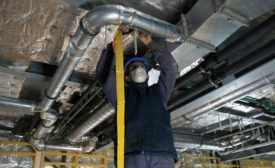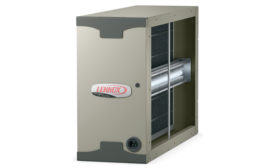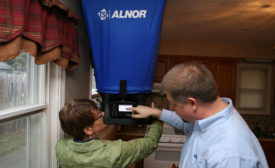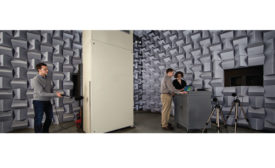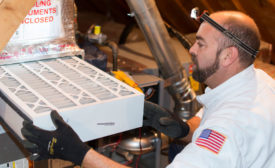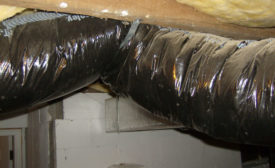Residential Indoor Air Quality
Duct Leakage Is Tricky Business
It’s complicated, so contractors need to make sure they are educated
Read More
No Tools, No Maintenance, No Ozone in the Modern IAQ Toolbox
DDA winners emphasize convenience while coming at annoying or unhealthy air from all angles and locations.
Read More
Duct Dynasty: Estimate Room Airflow in Six Steps
Get your customers engaged by including them in the process
Read More
Diagnose, Solve, and Improve Ventilation
Contractors educate homeowners on the role IAQ plays in their health, comfort
Read More
IAQ Solutions Create Healthy Homes, Happy Customers
Trending residential air movement and ventilation products
Read More
Four Ways You Might Be Using an Air Duct Calculator Incorrectly
For contractors, it’s better to light one candle than to curse the darkness
Read More
Copyright ©2024. All Rights Reserved BNP Media.
Design, CMS, Hosting & Web Development :: ePublishing

